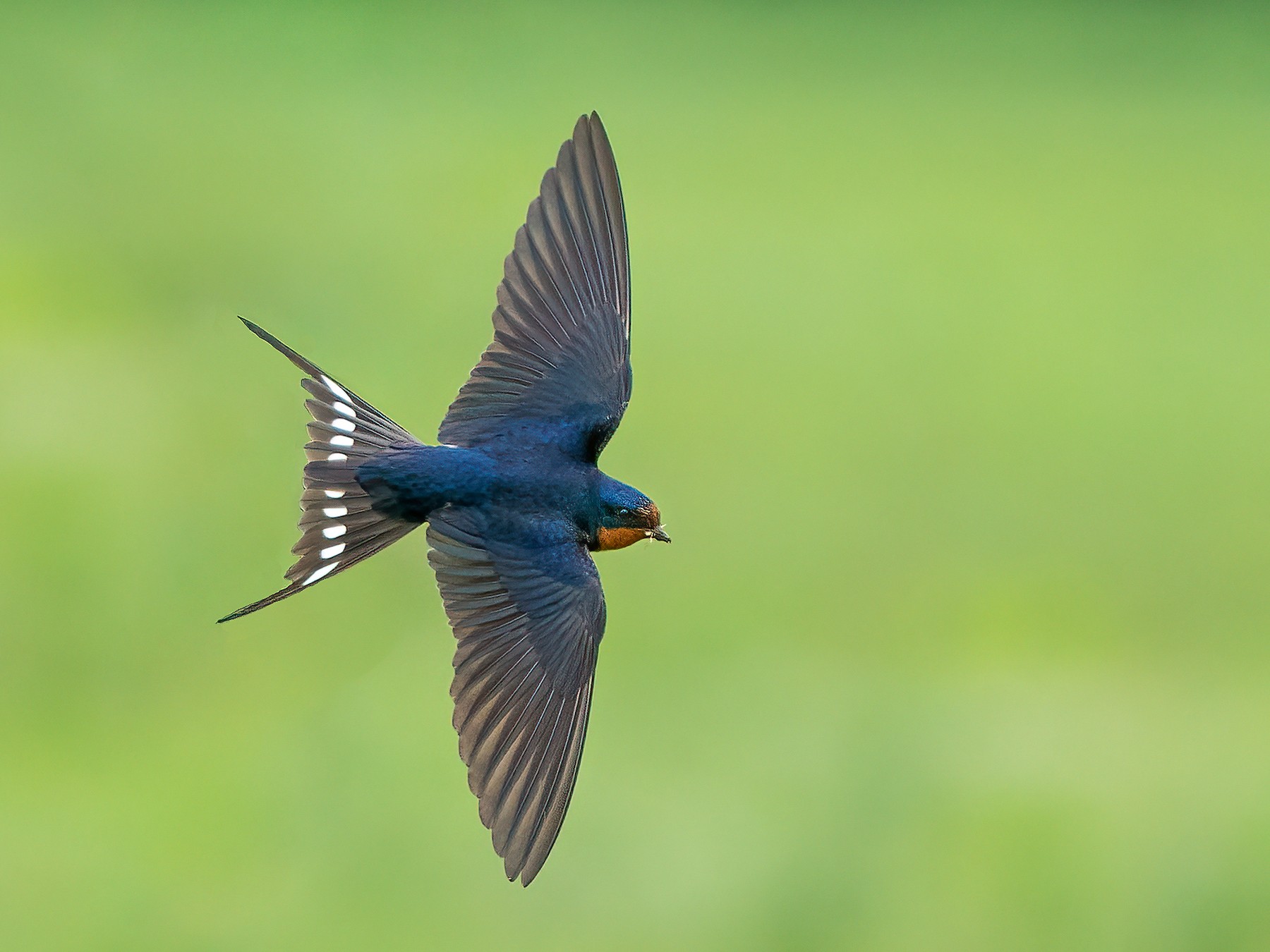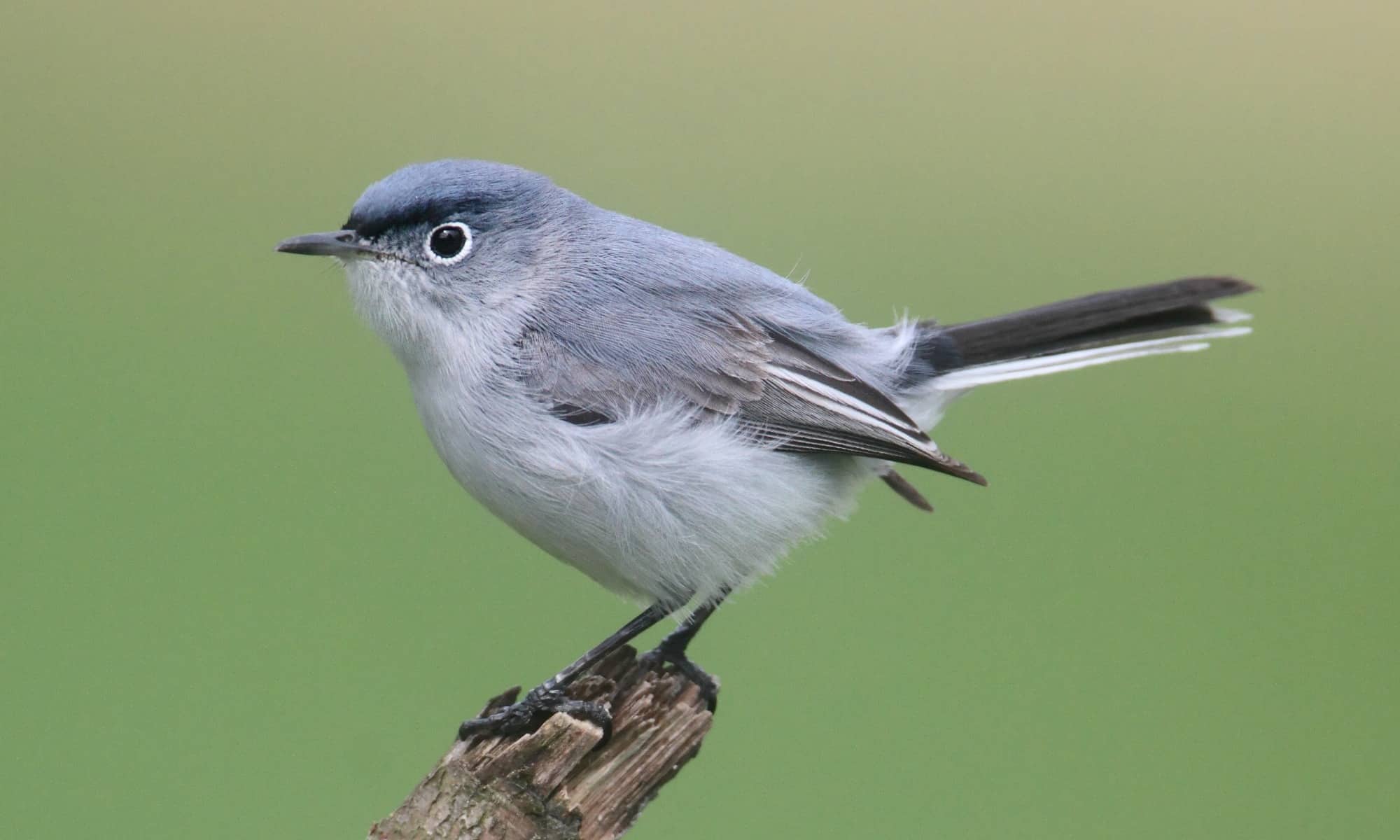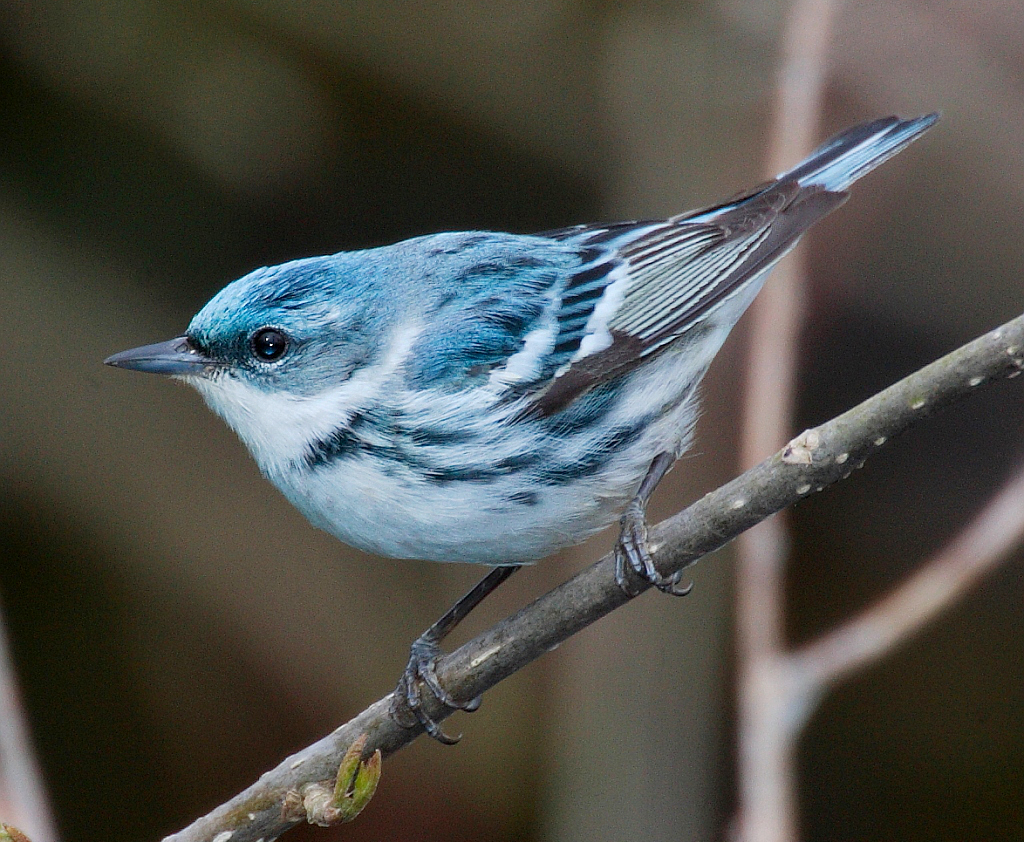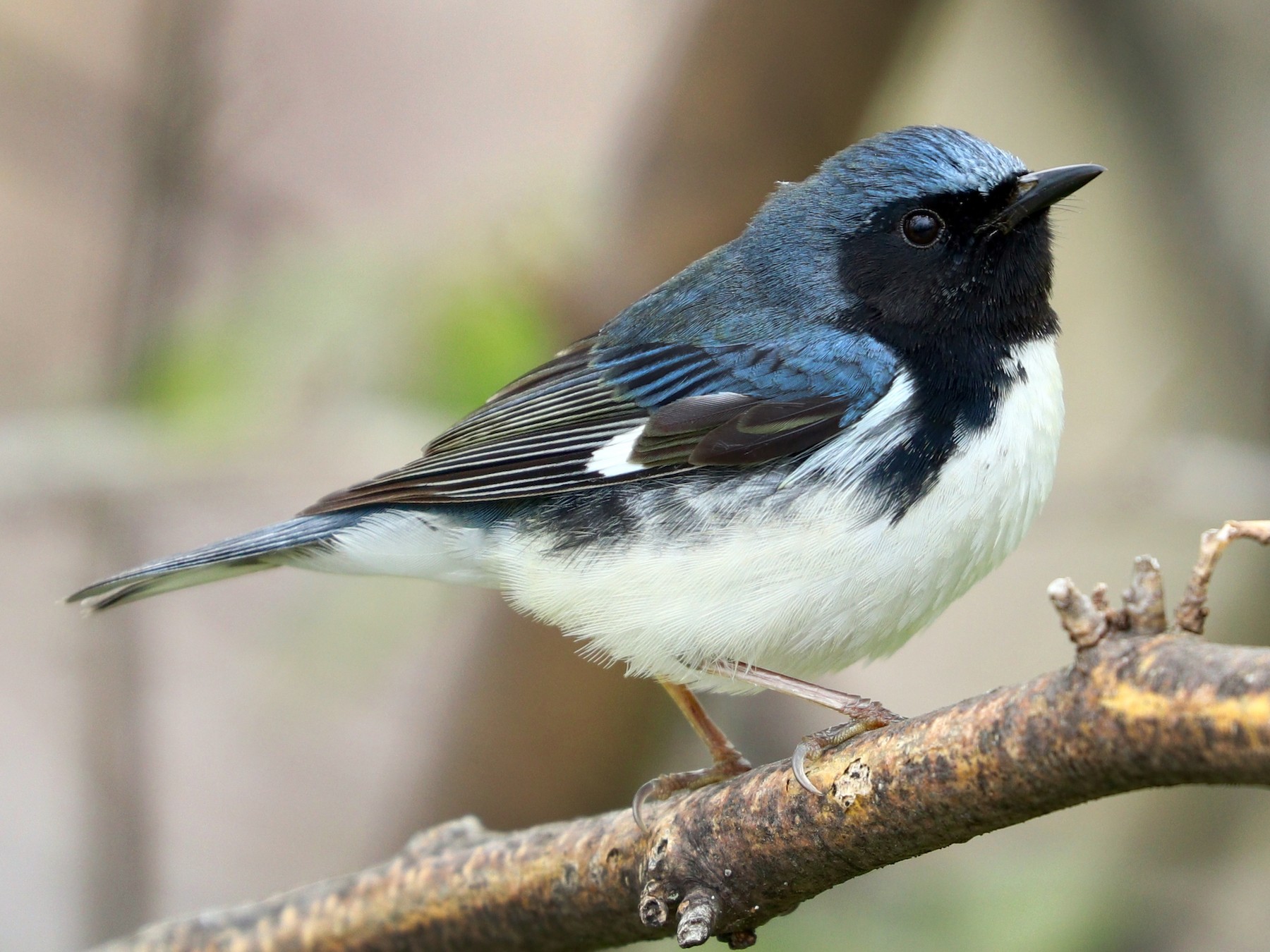Wisconsin is home to a diverse range of bird species, including several types of blue birds. These birds are known for their striking blue coloration and unique physical characteristics.
In this article, we will explore the different types of blue birds found in Wisconsin, including their identifying features and behaviors.
You are reading: 9 Types Of Blue Birds In Wisconsin
Whether you are a birdwatching enthusiast or simply curious about the natural world around you, this guide will provide you with valuable insights into the fascinating world of blue birds in Wisconsin.

9 Types Of Blue Birds In Wisconsin
Belted Kingfisher
The Belted Kingfisher is a fairly common migrant and summer resident in Wisconsin. These birds are short, compact, and have large pointed bills.
Males are grayish-blue with a large crest, a white underside, and a blue-gray band across the breast. Females have the same blue-gray band across the breast, but also have a rusty-colored band below that.
Belted Kingfishers are stocky, large-headed birds with a shaggy crest on the top and back of the head and a straight, thick, pointed bill. They have short legs and medium-length tails.
These birds are often first noticed by their wild rattling call as they fly over rivers or lakes. They may be seen perched on a high snag or hovering on the lookout for prey.
Belted Kingfishers forage by plunging headfirst into water, capturing fish near the surface with their bills. They watch for fish from branches, wires, rocks, or other perches above the water, or may hover above the water before diving.
Bones, scales, and other indigestible parts of prey are coughed up later as pellets.
Blue Jay
Blue Jays are a common and well-known bird species found throughout Wisconsin. They are known for their brilliant blue coloration and distinctive call, which is often described as a loud “ki-ki-ki” or “j-j-j”.
Blue Jays have a light gray underside and a gray to black collar around their neck. They are medium-sized birds with a crest on their head and a long, pointed tail.
Blue Jays are found in most forested habitats throughout Wisconsin, especially in areas with oak trees. They are common in well-wooded suburbs or city parks.
Blue Jays are known for their aggressive behavior and will attack with loud calls if their nest is threatened by a predator. They build their nests in trees, either coniferous or deciduous, placed in vertical crotch of trunk or at horizontal fork in limb well out from trunk; usually 8-30′ above ground, sometimes 5-50′ up.
Blue Jays have a raucous jay-jay call, harsh cries, and a rich variety of other calls.
Eastern Bluebird
Read more : Can Birds Eat Almonds?
Eastern Bluebirds are a species of blue bird found in Wisconsin. Here are some key facts about Eastern Bluebirds:
– Habitat: Eastern Bluebirds can be found in open spaces near edge habitat, such as prairies, fields, and pastures.
– Appearance: Male Eastern Bluebirds have vivid royal blue on their backs and wings, with a bright rusty breast and white belly. Females are less brightly colored, with a more subdued blue-gray back and wings.
– Migration: Although a few Eastern Bluebirds stay in Wisconsin year-round, most head to Southern states for the winter.
– Conservation: Eastern Bluebirds have experienced population declines in the past, but their numbers have been increasing in recent years thanks in part to conservation efforts such as the Bluebird Restoration Association of Wisconsin.
Eastern Bluebirds are a beautiful and important species in Wisconsin, and their conservation is crucial to maintaining the state’s biodiversity.
Indigo Bunting
Indigo Buntings are small, stocky birds with short tails and short, thick, conical bills. They are migratory birds, ranging from southern Canada to northern Florida during the breeding season, and from southern Florida to northern South America during the winter.
The male Indigo Bunting is vibrant blue in the summer, with brightly colored plumage during the breeding season to attract a mate. It is brown during the winter months, while the female is brown year-round. Females are plain brown with a whitish throat, bluish tail, and faint streaks on the underparts.
Indigo Buntings are found in open woodland, farmland, and brush areas. They forage primarily on insects during the summer months and seeds during the winter months.
Indigo Buntings are persistent singers and can be spotted warbling their sweet, double-noted song from treetops, telephone wires, and other elevated perches. They often sing from a high exposed perch.
Blue-gray Gnatcatcher

The Blue-gray Gnatcatcher is a small songbird native to North America. Here are some key facts about the Blue-gray Gnatcatcher:
– Appearance: Blue-gray Gnatcatchers are pale blue-gray birds with grayish-white underparts and a mostly black tail with white edges. The underside of the tail is mostly white. Both males and females have a thin white eye ring.
– Habitat: Blue-gray Gnatcatchers are found in broadleaf forests, scrublands, and wooded or brushy areas near water.
– Diet: Blue-gray Gnatcatchers primarily feed on insects, including leafhoppers, plant bugs, leaf beetles, caterpillars, flies, small wasps, and spiders.
– Behavior: Blue-gray Gnatcatchers are active foragers, often twitching their long tails as they search for insects. They are also known for their nasal, wheezy, rambling song and insistent, squeaky calls.
– Nesting: Blue-gray Gnatcatchers build compact open cup nests made of grass, weeds, plant fibers, strips of bark, and lined with plant down, animal hair, and feathers. The outside of the nest is coated with spiderwebs and decorated with pieces of lichen, making it well-camouflaged.
Blue-gray Gnatcatchers are fascinating birds that can be found in a variety of habitats throughout Wisconsin. Their unique appearance and behavior make them a favorite among birdwatchers and nature enthusiasts.
Cerulean Warbler

The Cerulean Warbler is a small songbird that belongs to the family Parulidae. Here are some key facts about the Cerulean Warbler:
– Appearance: The male Cerulean Warbler is a brilliant sky-blue color, while the female is a duller blue-green. Both sexes have a small, round bill and a shorter tail than some other warblers.
– Habitat: Cerulean Warblers prefer mature deciduous forests, either in riparian areas or dry mountain ridge-tops. They are found in eastern North American hardwood forests during the breeding season and on the eastern slope of the Andes in South America during the non-breeding season.
– Diet: Cerulean Warblers forage throughout the forest canopy, predominantly at middle to top layers. They hop from branch to branch, gleaning small soft-bodied insects from leaves and twigs. Their preferred prey consists of butterfly and moth (lepidopteran larvae), though they supplement their diet with winged insects.
– Behavior: Cerulean Warblers are monogamous and produce one brood a year. They are very aggressive towards others of the same sex during the breeding season, using song to mark territory and physical conflict such as attacks in which individuals may fall from heights of 20 m (66 ft). Female Cerulean Warblers have been observed to attack other females and destroy their eggs.
– Conservation: Cerulean Warblers are currently rated as a near threatened species by the International Union for Conservation of Nature. They are the fastest declining Neotropical migrant songbird and face many threats, including dwindling wintering habitat in the northern Andes. Cerulean Warblers depend on shade coffee plantations for the mature forest.
Cerulean Warblers are fascinating birds that can be found in mature deciduous forests throughout Wisconsin. Their unique appearance and behavior make them a favorite among birdwatchers and nature enthusiasts.
However, their declining population highlights the importance of conservation efforts to protect their habitat and ensure their survival.
Black-throated Blue Warbler

The Black-throated Blue Warbler is a small passerine bird that belongs to the New World warbler family. Here are some key facts about the Black-throated Blue Warbler:
– Appearance: Black-throated Blue Warblers are small, plump birds with sharp, pointed bills. The male has a striking midnight-blue coloration on its back and a black face and sides, with a white belly. The female is brownish-gray on the back and wings, with a white belly and a blue-gray head.
– Habitat: Black-throated Blue Warblers breed in mature deciduous and mixed coniferous forests in eastern North America, with a thick understory. They are often found in hilly and mountainous regions in the northeastern United States and southeastern Canada. During the winter months, they migrate to tropical wooded and scrub habitats in the Greater Antilles.
– Diet: Black-throated Blue Warblers primarily feed on insects, including caterpillars, beetles, and spiders. They forage in the understory and mid-story of the forest, often gleaning insects from leaves and twigs.
– Behavior: Black-throated Blue Warblers are monogamous and produce one brood per year. The male attracts a female’s attention by singing a soft melody and follows her while she is foraging or searching for nesting sites. The female incubates the eggs for 12-13 days.
– Conservation: Black-throated Blue Warblers are not currently considered threatened, but their population has declined in some areas due to habitat loss and fragmentation. They depend on mature deciduous woods with a thick understory for breeding and tropical forests and agricultural settings such as shade-coffee and citrus farms for wintering.
Read more : Do Birds Eat Beetles?
Black-throated Blue Warblers are a unique and beautiful species that can be found in mature deciduous forests throughout Wisconsin. Their striking coloration and behavior make them a favorite among birdwatchers and nature enthusiasts. However, their declining population highlights the importance of conservation efforts to protect their habitat and ensure their survival.
Barn Swallow
Barn Swallows are a common and widespread species of swallow found throughout the world. Here are some key facts about Barn Swallows:
– Appearance: Barn Swallows have a steely blue back, wings, and tail, and rufous to tawny underparts. The blue crown and face contrast with the cinnamon-colored forehead and throat. They have a long, deeply forked tail that extends well beyond the wingtips.
– Habitat: Barn Swallows are found in open or semi-open land, farms, fields, marshes, and lakes. They are often seen skimming low over fields with a flowing, graceful flight.
– Diet: Barn Swallows primarily feed on flying insects, including flies, beetles, wasps, butterflies, moths, and bees. They are acrobatic fliers, making sharp twists, turns, swoops, and lunges, often just above the ground, in pursuit of their prey.
– Behavior: Barn Swallows are monogamous and build cup-shaped nests from mud pellets in barns or similar structures. They are known for their acrobatic flight and distinctive “svit svit” calls. They often forage in flocks, sometimes mixed with other species of swallow.
– Conservation: Barn Swallows are not currently considered threatened, but their population has declined in some areas due to habitat loss and fragmentation. They depend on man-made structures for nesting and open habitats for foraging.
Barn Swallows are fascinating birds that can be found in a variety of habitats throughout Wisconsin. Their unique appearance and behavior make them a favorite among birdwatchers and nature enthusiasts. However, their declining population highlights the importance of conservation efforts to protect their habitat and ensure their survival.
Mountain Bluebird
The Mountain Bluebird is a small thrush that is found in mountainous districts of western North America. Here are some key facts about the Mountain Bluebird:
– Appearance: Adult male Mountain Bluebirds are bright turquoise-blue above and somewhat lighter blue underneath, with a white lower belly. Adult females have duller blue wings and tail, grey breast, grey crown, throat, and back. They have a light underbelly and black eyes.
– Habitat: Mountain Bluebirds are found in mountainous districts of western North America, in open country with some trees. They are often seen perched on treetops, fence posts, and power lines.
– Diet: Mountain Bluebirds are omnivores and eat spiders, grasshoppers, flies, and other insects, as well as small fruits.
– Behavior: Mountain Bluebirds are monogamous and produce one brood per year. They are secondary cavity nesters, making use of natural or woodpecker-created hollows, holes in sandstone cliffs, or clay banks. They readily accept nest boxes and have benefited from bluebird nest box programs designed to boost populations where the species is declining. Mountain Bluebirds forage in open habitats with few trees, often forming large flocks in winter.
– Conservation: Mountain Bluebirds are not currently considered threatened, but their population has declined in some areas due to competition for nest sites with Starlings and other invaders. They depend on man-made structures for nesting and open habitats for foraging.
Mountain Bluebirds are fascinating birds that can be found in mountainous districts of western North America. Their unique appearance and behavior make them a favorite among birdwatchers and nature enthusiasts.
However, their declining population highlights the importance of conservation efforts to protect their habitat and ensure their survival.
FAQS
1. What are the 9 types of blue birds found in Wisconsin?
The 9 types of blue birds found in Wisconsin are the Belted Kingfisher, Blue Jay, Eastern Bluebird, Indigo Bunting, Blue-gray Gnatcatcher, Cerulean Warbler, Black-throated Blue Warbler, Barn Swallow, and Mountain Bluebird.
2. What do Eastern Bluebirds look like?
Male Eastern Bluebirds have a blue back, reddish-brown breast, and white belly, while females have a more subdued blue-gray back and wings.
3. Where can I find Mountain Bluebirds in Wisconsin?
Mountain Bluebirds are rare in Wisconsin, but occasionally show up in the western part of the state.
4. What do Barn Swallows eat?
Barn Swallows primarily feed on flying insects, including flies, beetles, wasps, butterflies, moths, and bees.
5. What is the conservation status of Cerulean Warblers?
Cerulean Warblers are currently rated as a near threatened species by the International Union for Conservation of Nature due to population declines and habitat loss.
6. What is the behavior of Black-throated Blue Warblers?
Black-throated Blue Warblers are monogamous and build cup-shaped nests from mud pellets in barns or similar structures. They are known for their acrobatic flight and distinctive “svit svit” calls.
7. What is the habitat of Blue-gray Gnatcatchers?
Blue-gray Gnatcatchers are found in broadleaf forests, scrublands, and wooded or brushy areas near water.
8. What is the appearance of the male Indigo Bunting?
The male Indigo Bunting is vibrant blue all over with a slightly darker head.
9. What is the diet of Belted Kingfishers?
Belted Kingfishers primarily feed on fish, which they capture by plunging headfirst into water.
Source: https://petstutorial.com
Category: Birds










